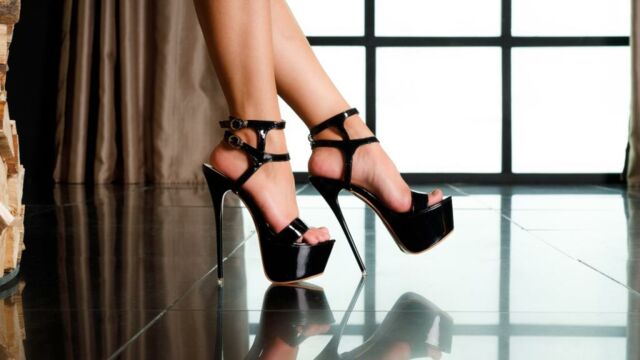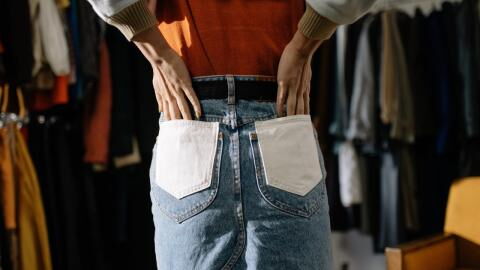If you still wear high heels despite all the pain in your feet and legs by the end of the day, you are not a victim of fashion. You are simply attached to a particular cultural concept of femininity, and it is perfectly fine. High heels do make you feel and look attractive, and it is proven by science.
Discover our latest podcast
Reserved for privileged men
To start from the very beginning, high heels were made for men, like many other things back in the day.
Would you wear a skirt or high heels out of protest that as a man you can't? #weshowyouhow Your #fashion thoughts?
Posted by Men Style Fashion on Wednesday, October 21, 2020
The earliest known example of this fancy footwear comes from ancient Iran, or Persia as it was called then, in the 10th century where it was made especially for the army. It is hard to believe but the terrifying mounted Persian archers wore high heels!
By the 17th century, the tricky design had taken on a more modern form and became a status symbol. But again, unfairly so, only men who had plenty of money could afford it. As these privileged individuals did not have to work, they could wear them on a practical level.
King Louis XIV of France was particularly fond of high-heeled shoes.
Did you know that high heels were originally made for men? During the reign of King Louis XIV of France in the 1700s,...
Posted by one8 Select on Friday, December 14, 2018
As the 18th century rolled around, common women began adopting the style. And of course, they became less comfortable to wear as women's heels were thinner than men's.
But as the Renaissance and Enlightenment began, men stopped wearing 'irrational' heels.
The French Revolution caused incredible turmoil. High heels, though worn by nobility and commoners alike, had long been associated with power, pride, and royalty. When the trouble began, nobody wanted to use them anymore for fear of losing their head.
The latter half of the 19th century saw high heels undergo a revival. Despite two bloody world wars in the first half of the 20th century, the appetite for the style continued to grow.
Women wore heels to accentuate their bodies, make legs look longer and muscles - more toned.
The likes of Marilyn Monroe and Audrey Hepburn helped to convince women that high, often stiletto-heeled shoes, were the quickest way to a man’s heart.
Many people wanted a copy of this dress for themselves or have worn a poor imitation at a party. All the copies of...
Posted by Marilyn Monroe on Sunday, September 12, 2021
Women in heels are seen as more feminine, according to a study
According to research recently published in Personality and Individual Differences, high heels can make a woman appear more sexually attractive, have higher status, and be more feminine.
This is consistent with a previous study. It has shown that men find a woman’s walk more attractive when she’s wearing heels, due to the heels changing lumbar curvature, exaggerating the chest and hips, and increasing pelvic tilt.
Wearing heels can also signal health, due to the 'cost' of walking in such unpractical shoes. Additionally, this footwear tends to be more expensive and can still be considered a status symbol.
So, why do women still wear high heels?

So, why do women, despite the discomfort and widening definition of feminine fashion, still wear high heels?
Scientists believe that, ultimately, they feel more attractive in them.
Interestingly, heeled shoes are not strictly limited to women’s fashion anymore. The rise of androgynous fashion has brought heels back into the men’s sphere. They are still not as popular amongst men, however.
Sources used:
- Love Happens Mag: 'The History of High Heels'
- PsyPost: 'Study finds women in high heels are perceived as more attractive, feminine, and higher status'
- The Guardian: 'Sex, power, oppression: why women wear high heels'















